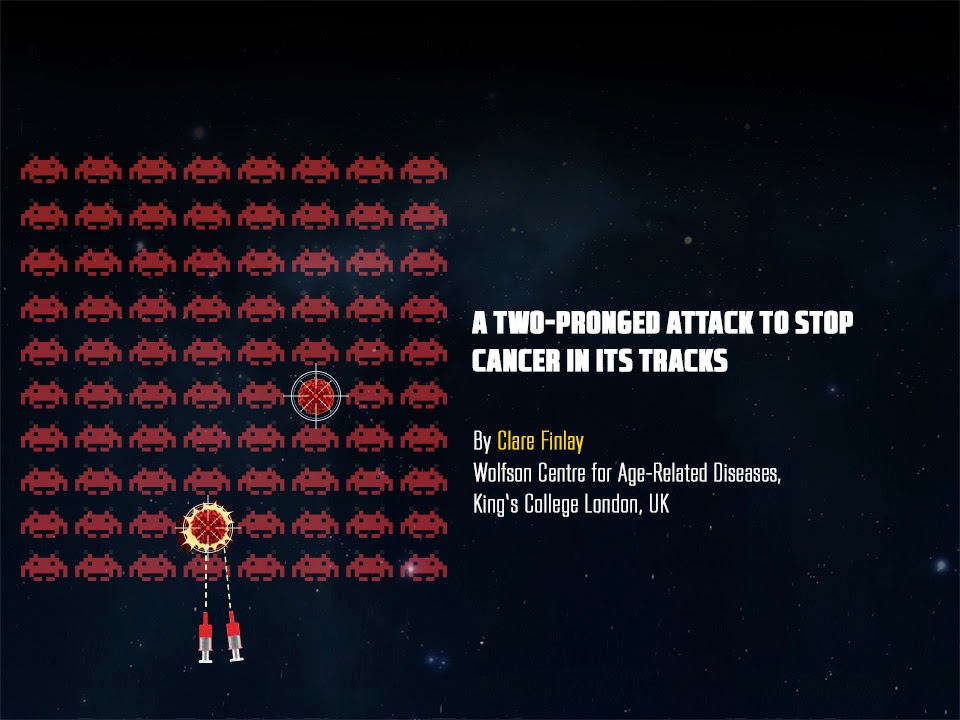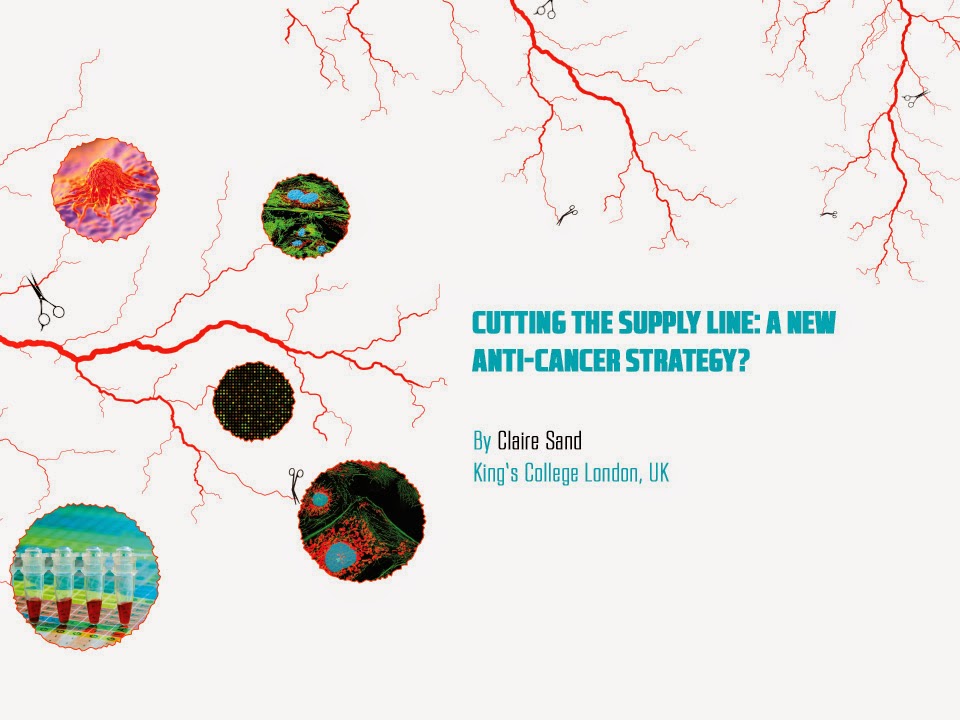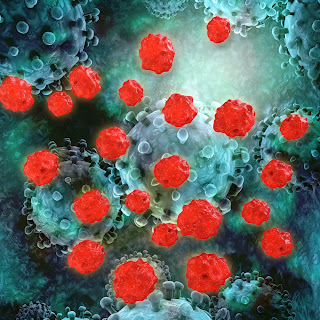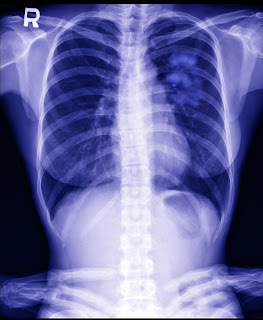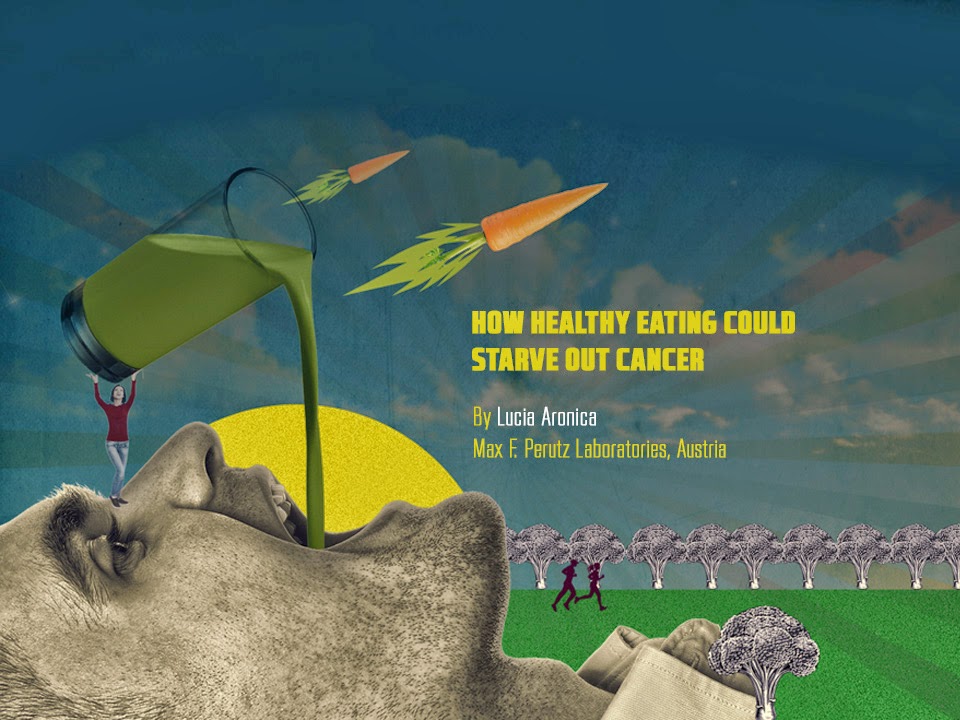
[]{style=“font-family: "helvetica neue" , "arial" , "helvetica" , sans-serif;”} [Image Source: Serial/Trash]{style=“font-family: "helvetica neue" , "arial" , "helvetica" , sans-serif; font-size: xx-small;”} [Skin is not the only thing to wrinkle with age. Our genes also show signs of ageing – a process that can lead to cancer.
